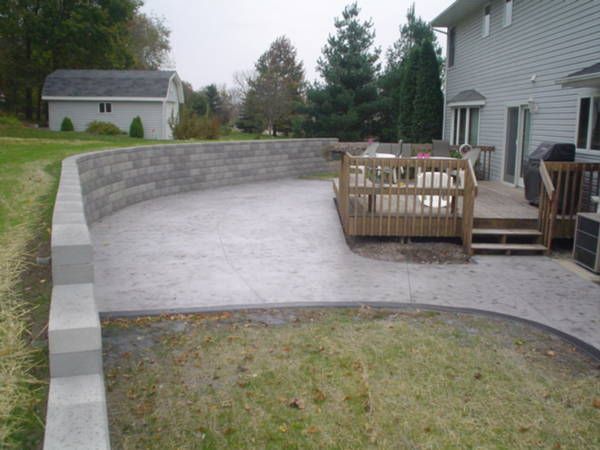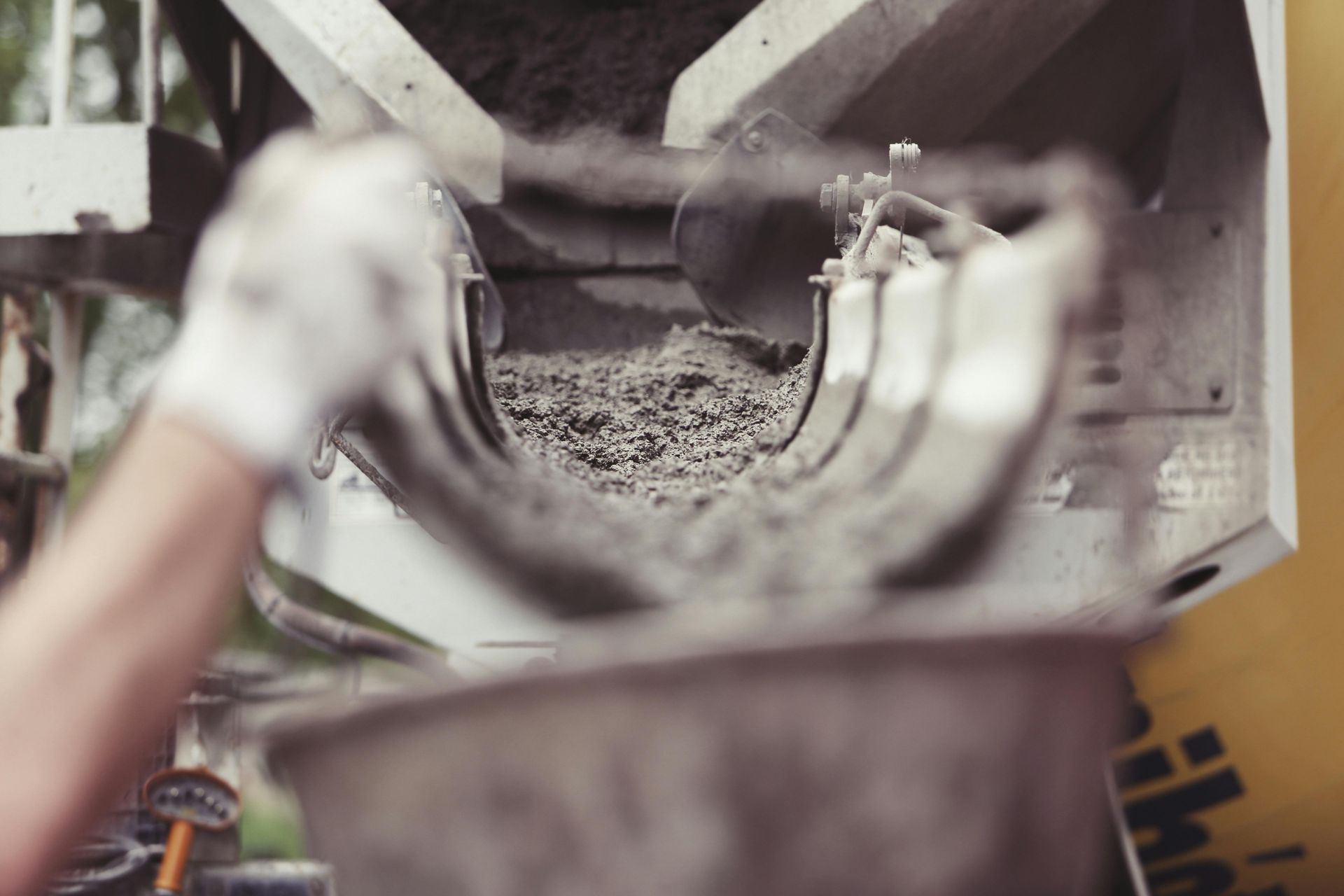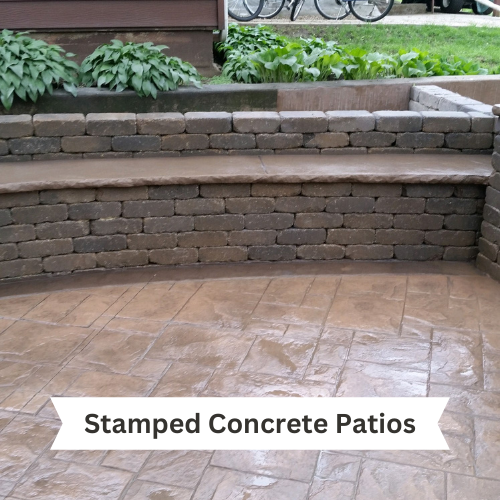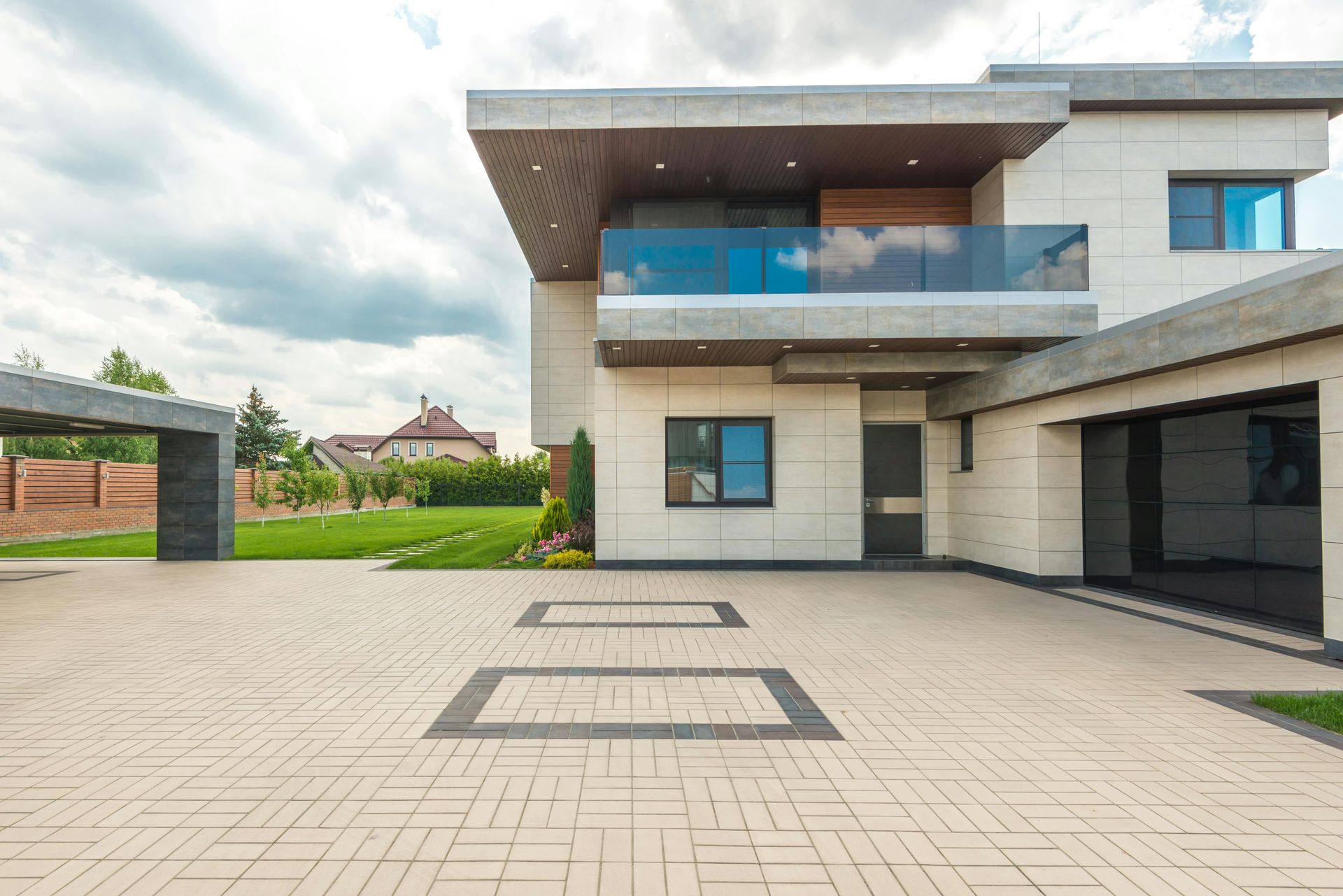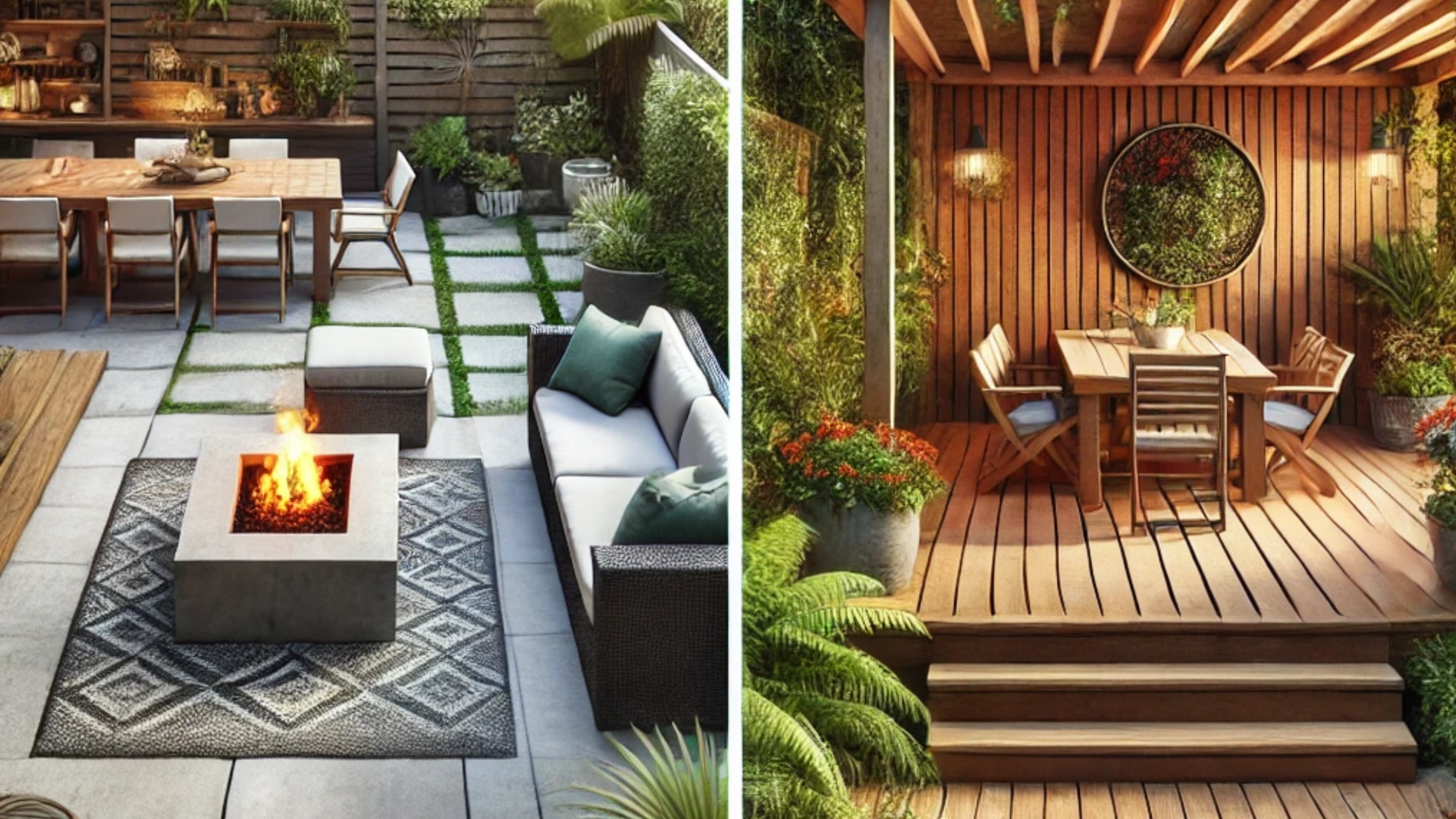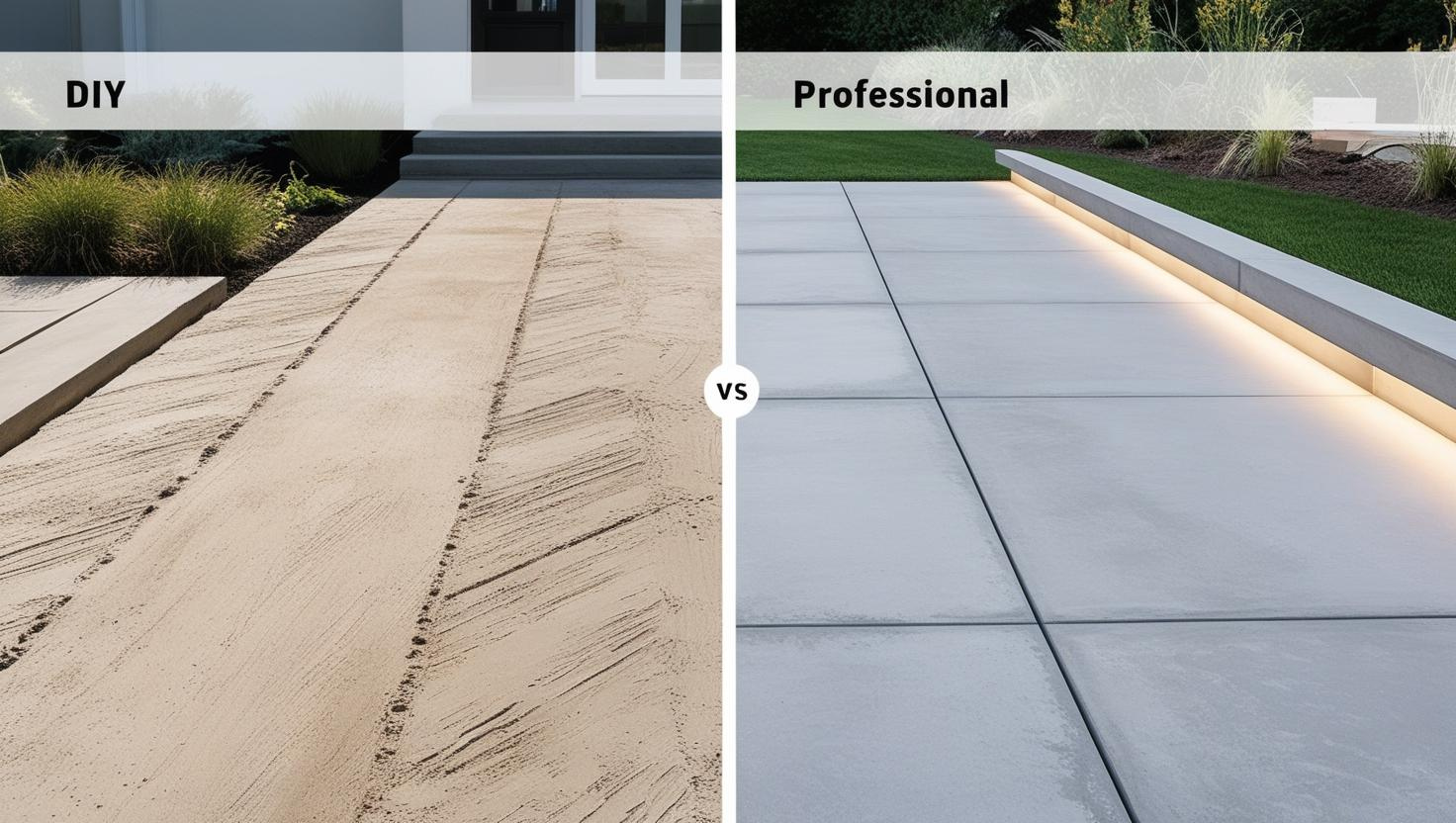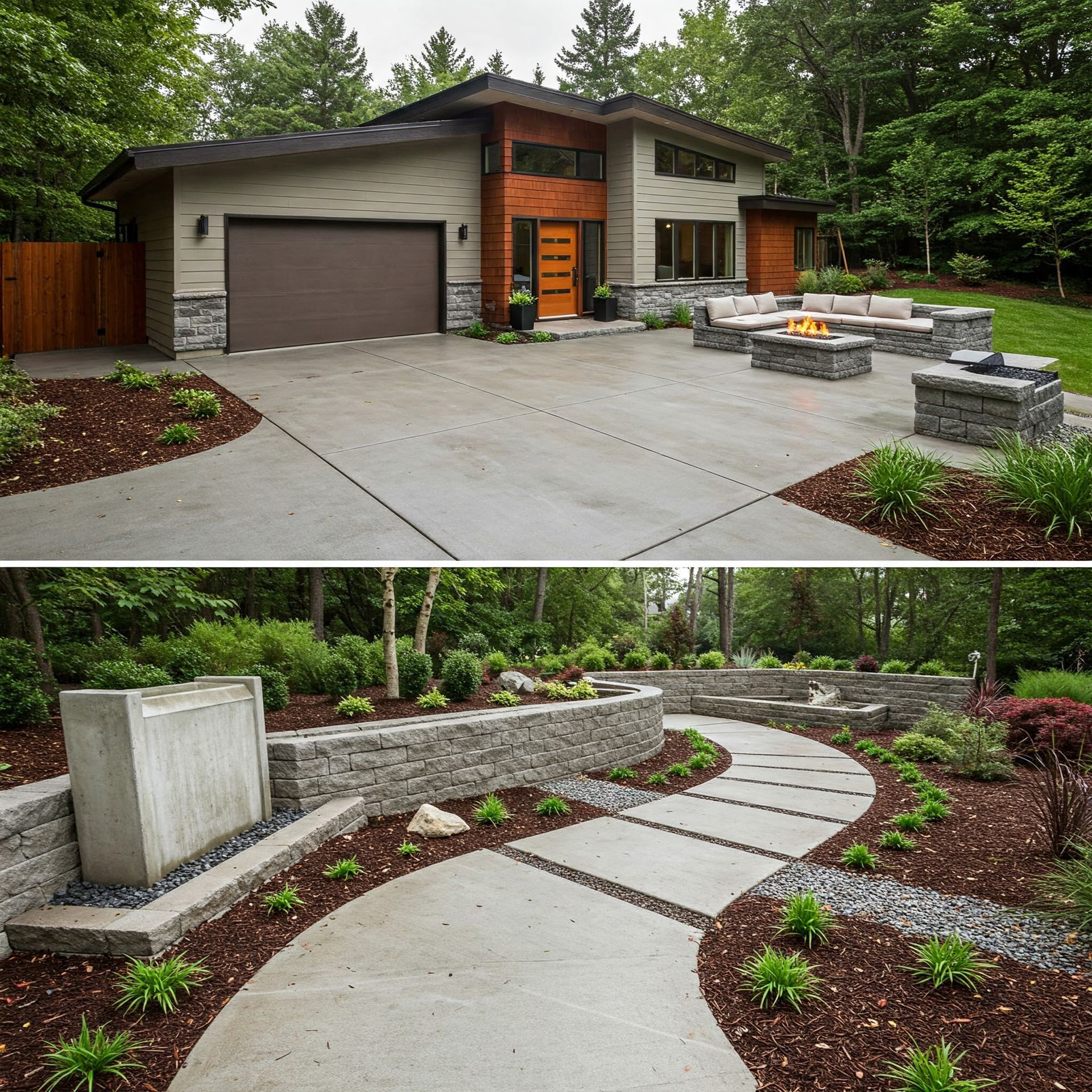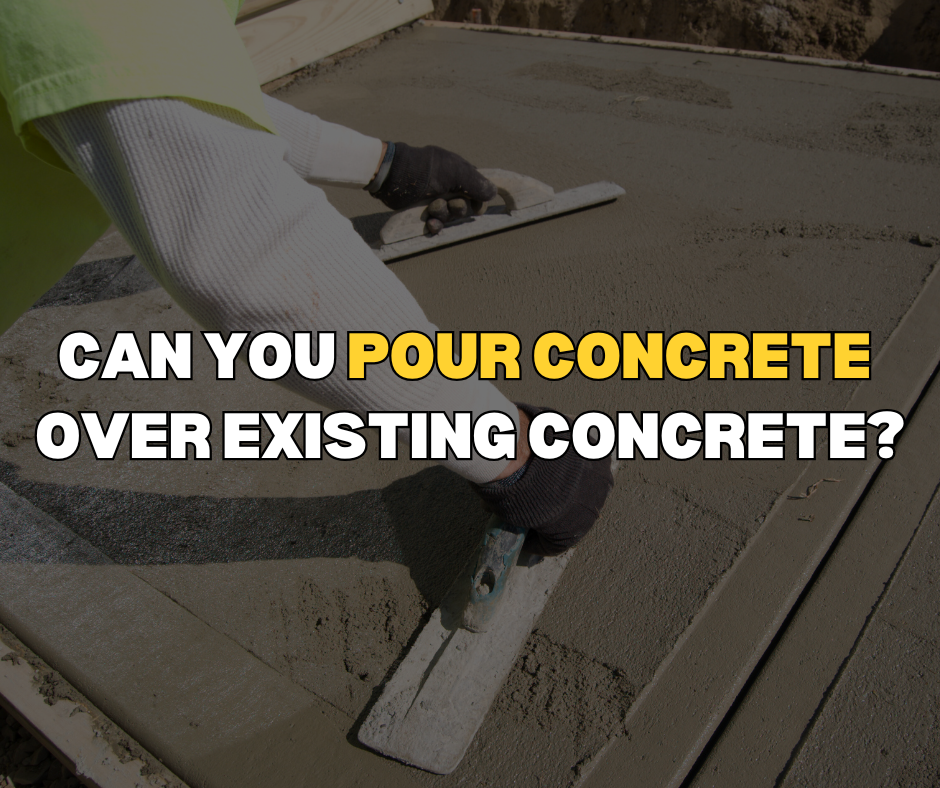New Title
Transform Your Home with Eye-Catching Decorative Concrete Finishes
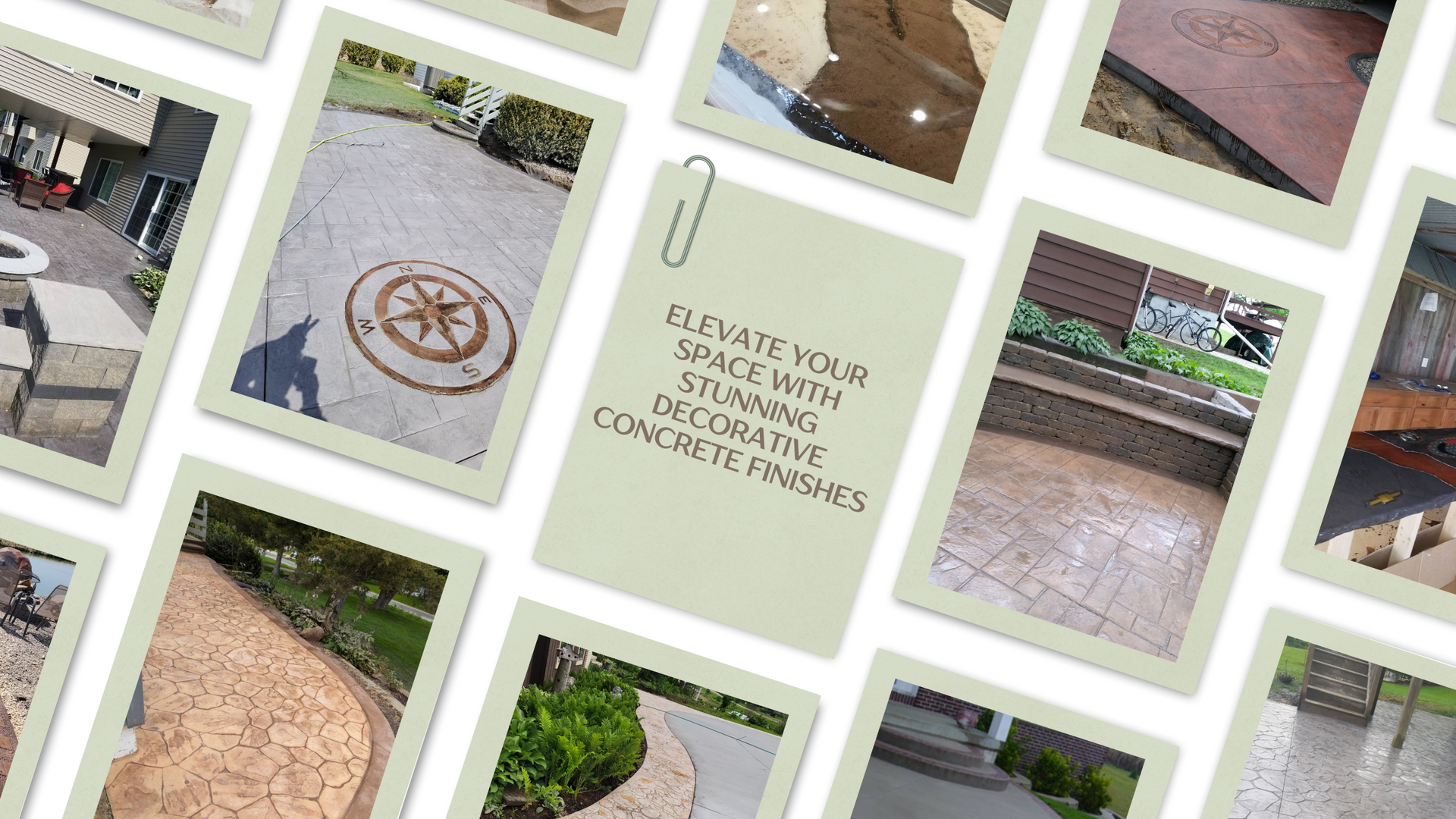
Elevate your space to new heights with the transformative power of stunning decorative concrete finishes. From luxurious polished surfaces to intricate stamped designs, the versatility of concrete offers a plethora of options to add a touch of elegance and modernity to any room. Whether you're looking to revamp your home or enhance your commercial space, these finishes bring a unique blend of aesthetics and functionality that will leave a lasting impression.
Unleash your creativity and explore the endless possibilities that decorative concrete finishes have to offer. Say goodbye to mundane flooring and walls, and welcome a fresh, sophisticated look that will redefine your environment. Let your space reflect your style and personality with the timeless beauty of decorative concrete finishes. It's time to turn your vision into reality and create a space that exudes charm and sophistication like never before.
Advantages of using decorative concrete finishes
Decorative concrete finishes offer numerous advantages that make them a popular choice for both residential and commercial spaces. One of the primary benefits is their exceptional durability. Unlike traditional flooring options such as wood or carpet, concrete can withstand heavy foot traffic and resist wear and tear, making it an ideal choice for busy environments. Additionally, decorative concrete is less prone to damage from spills, stains, or moisture, ensuring that your surfaces maintain their beauty over time. This durability translates into long-term cost savings, as you won’t need to replace or repair surfaces as frequently as with other materials.
Another significant advantage is the versatility of decorative concrete finishes. There is a wide range of styles, colors, and textures available, allowing you to customize your space to reflect your personal taste and design vision. Whether you aim for a sleek modern aesthetic or a rustic charm, decorative concrete can be tailored to suit any style. The ability to create unique designs through techniques such as stamping, staining, or polishing means you can achieve a distinct look that sets your space apart from others. This flexibility extends beyond aesthetics; decorative concrete can also be applied to floors, walls, countertops, and outdoor areas, making it a multifunctional choice for any project.
Moreover, decorative concrete finishes are an environmentally friendly option. Concrete is a sustainable material that can be sourced locally, reducing transportation emissions. Furthermore, many decorative concrete techniques utilize recycled materials, such as fly ash or crushed glass, which lowers the environmental impact. Additionally, concrete can contribute to energy efficiency; its thermal mass can help regulate indoor temperatures, reducing the need for heating and cooling. By choosing decorative concrete finishes, you not only enhance your space aesthetically but also make a responsible choice for the planet.
Types of decorative concrete finishes
The world of decorative concrete is rich with various finishes, each offering unique characteristics and visual appeal. One of the most popular types is stamped concrete, which involves pressing patterns into freshly poured concrete to create the appearance of materials like stone, brick, or tile. This finish is ideal for outdoor patios, driveways, and walkways, as it combines durability with an attractive design. Stamped concrete can be customized with different stamps and color options, allowing homeowners and designers to achieve a wide array of looks that suit their style preferences.
Another widely used finish is stained concrete, which involves applying a translucent stain to the surface of the concrete. This technique enhances the natural variations in the concrete, resulting in a rich, vibrant color that adds depth and sophistication to any space. Stained concrete is particularly popular for indoor floors, as it can create a warm and inviting atmosphere. With both acid-based and water-based stains available, the options for color and finish are nearly limitless, catering to diverse design schemes.
Polished concrete is another highly sought-after decorative finish that offers a sleek and modern appearance. This process involves grinding the concrete surface to achieve a high-gloss finish, making it not only visually appealing but also easy to maintain. Polished concrete is commonly found in commercial spaces, as its reflective surface can enhance lighting and create an open feel. Additionally, polished concrete is resistant to stains and spills, making it a practical choice for busy areas such as retail stores and restaurants.
Popular design ideas for decorative concrete finishes
When it comes to incorporating decorative concrete finishes into your space, the design possibilities are virtually endless. One popular idea is to create a faux hardwood floor using stained or stamped concrete. This approach offers the warmth and charm of wood without the associated maintenance issues. With various stains and stamps available, you can achieve a realistic wood appearance that complements your décor while benefiting from the durability of concrete.
Another innovative design idea is to use decorative concrete for outdoor spaces. Consider creating a stunning patio with stamped concrete that mimics natural stone. This option not only enhances the visual appeal of your outdoor area but also provides a weather-resistant surface that can withstand the elements. Additionally, incorporating decorative borders or patterns can add an extra layer of sophistication to your outdoor concrete surfaces, making them perfect for entertaining or relaxing.
For a truly unique look, consider using decorative concrete as an accent wall. This can be achieved through techniques such as concrete staining or a textured finish. An accent wall made of decorative concrete can serve as a striking focal point in a room, adding depth and character. Whether you choose a sleek polished finish or a more rugged, industrial look, a concrete accent wall can elevate your interior design to new heights while offering the durability and low maintenance that concrete is known for.
How to choose the right decorative concrete finish for your space
Selecting the appropriate decorative concrete finish for your space requires careful consideration of various factors. One of the first aspects to evaluate is the intended use of the area. High-traffic areas, such as entryways or commercial spaces, may benefit from finishes like polished or stamped concrete, which offer longevity and resistance to wear. On the other hand, if you are designing a residential living area, you might lean towards stained concrete for its warmth and aesthetic appeal.
Understanding the function of the space will guide you in making the best choice.
Next, consider the overall design theme and color palette of your space. The decorative concrete finish you choose should harmonize with your existing décor and architectural elements. For instance, if your home features a modern design with clean lines, a polished concrete finish in a neutral tone could complement the aesthetic beautifully. Conversely, if you are aiming for a rustic or traditional look, stamped concrete that mimics natural stone or wood could provide the desired effect. Take the time to visualize how different finishes will interact with your space to ensure a cohesive design.
Finally, budget and maintenance requirements should be taken into account when selecting a decorative concrete finish. While some finishes may require a higher initial investment, their durability and low maintenance can lead to cost savings in the long run. Research the upkeep needed for each finish, as some may require periodic sealing or treatment to maintain their appearance. By assessing your budget and maintenance preferences, you can make an informed decision that aligns with your lifestyle and financial considerations.
Steps to install decorative concrete finishes
Installing decorative concrete finishes is a multi-step process that requires careful planning and execution to achieve the desired results. The first step is to prepare the site where the concrete will be applied. This involves clearing the area of any debris, vegetation, and old flooring materials. If you are working with an existing concrete slab, it’s essential to inspect it for cracks or damage that may need to be repaired before proceeding. Proper surface preparation ensures a smooth and durable finish.
Once the area is prepared, it’s time to mix and pour the concrete. If you are applying a new concrete slab, you will need to follow the mixing instructions provided by the manufacturer, ensuring the right consistency and strength. For decorative applications such as stamping or staining, it’s crucial to work quickly, as concrete sets rapidly. After pouring, use tools like a screed and float to level the surface and remove any air bubbles. This step is vital for achieving a flawless finish that enhances the overall appearance.
After the concrete has been poured and leveled, the next steps will depend on the type of decorative finish you are applying. For stamped concrete, you will need to apply a release agent to prevent the stamps from sticking to the concrete. Once the concrete has reached the appropriate stiffness, you can begin stamping the desired patterns. If you are staining the concrete, wait until it has cured adequately before applying the stain using a sprayer or roller. Finally, seal the surface to protect it from staining and wear, completing the installation process and ensuring your decorative concrete finishes last for years to come.
Maintenance tips for preserving decorative concrete finishes
Proper maintenance is essential for preserving the beauty and longevity of decorative concrete finishes. One of the most important steps is regular cleaning. Dust, dirt, and debris can accumulate on the surface, dulling its appearance over time. To maintain the shine and clarity of your decorative concrete, sweep or vacuum the area regularly and mop it with a mild detergent solution. Avoid using harsh chemicals or abrasive cleaners, as they can damage the finish. For outdoor surfaces, consider using a pressure washer periodically to remove stubborn stains and dirt build-up.
Sealing your decorative concrete finishes is another critical maintenance task. Sealing helps protect against moisture, stains, and wear, extending the life of your surfaces. Depending on the type of finish and the level of foot traffic, resealing may be necessary every one to three years. Use a high-quality sealant recommended for your specific decorative finish and follow the manufacturer’s instructions for application. Proper sealing not only preserves the color and texture of your concrete but also makes it easier to clean.
Finally, be mindful of any cracks or damage that may develop over time. While decorative concrete is highly durable, it can still be susceptible to cracking due to factors like settling or extreme weather conditions. Regularly inspect your surfaces for signs of wear or damage, and address any issues promptly. Small cracks can often be filled with a polymer-modified repair compound, while larger issues may require professional evaluation. By staying proactive in your maintenance efforts, you can ensure that your decorative concrete finishes continue to enhance your space for years to come.
Cost considerations for decorative concrete finishes
When evaluating decorative concrete finishes, understanding the cost implications is crucial for making informed decisions. The price of decorative concrete can vary significantly based on several factors, including the type of finish, the complexity of the design, and the size of the area being treated. Stamped concrete, for example, may be more expensive than standard concrete due to the additional labor and materials required for stamping and coloring. Similarly, polished concrete can entail higher costs, as it involves specialized equipment and expertise.
Additionally, geographical location can impact the overall cost of decorative concrete finishes. In areas where labor and materials are more expensive, you may find that installation costs are higher. It's essential to obtain multiple quotes from contractors and compare pricing to ensure you are getting a fair deal. While it may be tempting to choose the lowest bid, consider the reputation of the contractor and the quality of materials they use, as these factors can significantly affect the final outcome.
Lastly, it’s important to factor in the long-term value of your investment. While decorative concrete finishes may require a higher upfront cost, their durability and low maintenance can lead to substantial savings over time. When comparing costs, consider the lifespan of the material and the potential need for repairs or replacements with other flooring options. By looking beyond the initial investment and evaluating the overall value, you can choose a decorative concrete finish that aligns with your budget and meets your design goals.
DIY vs. professional installation of decorative concrete finishes
Deciding between DIY and professional installation for decorative concrete finishes involves weighing the pros and cons of each approach. One of the main advantages of opting for a DIY installation is the potential cost savings. By handling the project yourself, you can save on labor costs, which can be significant, especially for larger spaces. Moreover, many homeowners find satisfaction in completing a project on their own, gaining valuable skills and experience in the process.
However, DIY installation comes with its challenges. Decorative concrete finishes often require specialized knowledge, tools, and techniques to achieve a professional-looking result. Mistakes made during mixing, pouring, or finishing can lead to unsatisfactory outcomes, resulting in additional costs for repairs or reinstallation. If you are inexperienced with concrete work or lack the necessary tools, it may be wise to consider hiring a professional. This option ensures that the project is completed correctly and efficiently, providing peace of mind that the final product will meet your expectations.
Ultimately, the decision between DIY and professional installation depends on your skill level, budget, and the complexity of the project. If you feel confident in your abilities and are willing to invest the time and effort, a DIY approach can be rewarding. However, for those who prefer to avoid the risk of errors and want a flawless finish, hiring a professional may be the best choice. Whichever you decide, thorough planning and research will help ensure a successful installation of decorative concrete finishes that enhance your space.
Conclusion: Enhancing your space with decorative concrete finishes
In conclusion, decorative concrete finishes offer a remarkable way to elevate your space, combining aesthetic appeal with practicality. With an array of types and styles available, from stamped to polished finishes, you can create a unique environment that reflects your personality and design vision. The numerous advantages of decorative concrete—such as durability, versatility, and sustainability—make it an attractive option for both residential and commercial applications.
By exploring popular design ideas, you can incorporate decorative concrete into your space in innovative ways, whether through faux hardwood floors or stunning outdoor patios. Moreover, understanding how to choose the right finish, install it properly, and maintain it will ensure that your decorative concrete remains beautiful for years to come. Cost considerations and the decision between DIY and professional installation further emphasize the importance of careful planning in your design journey.
Ultimately, decorative concrete finishes are not just about enhancing the appearance of your space; they are a commitment to quality and longevity. By embracing the beauty and functionality of decorative concrete, you can transform your environment into one that is not only visually stunning but also durable and easy to maintain. As you embark on your decorative concrete project, remember that the possibilities are endless, and your vision can come to life in ways you never imagined.
